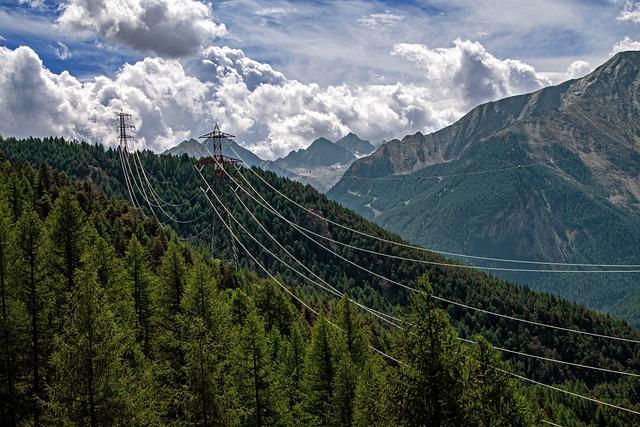Trees have played a vital role in shaping cultural landscapes across the globe for centuries. From providing shade and sustenance to serving as symbols of historical significance, the presence of trees has left an indelible mark on societies throughout history. In this article, we will explore the multifaceted role that trees play in cultural landscapes and examine the ways in which they continue to influence and inspire human civilization.
The Symbolism of Trees in Various Cultures
In many cultures around the world, trees hold significant symbolism and are often revered for their connection to nature and the divine. For example, in Celtic culture, the oak tree is seen as a symbol of strength and endurance, while in Japanese culture, the cherry blossom tree represents beauty and transience. Trees are also often associated with growth, life, and wisdom in various spiritual practices.
Historical Significance of Trees in Cultural Landscapes
Throughout history, trees have played a crucial role in shaping cultural landscapes. Ancient civilizations such as the Greeks and Romans used olive trees to symbolize peace and prosperity, while the Egyptians utilized the symbolic properties of the sacred fig tree in their religious ceremonies. Trees have also been used as markers of sacred spaces and boundaries in many cultures, providing a sense of connection to the natural world and the spiritual realm.
Traditional Practices Involving Trees
– **Tree Worship:** Many cultures have traditional practices that involve tree worship, where specific trees are seen as sacred and are often adorned with offerings and prayers.
– **Medicinal Use:** Trees have been used for their medicinal properties in various traditional healing practices, with different parts of the tree being utilized for different ailments.
– **Ritual Planting:** Planting trees as part of rituals or ceremonies is a common practice in many cultures, symbolizing growth, renewal, and connection to the earth.
Q&A
Q: What is the significance of trees in cultural landscapes?
A: Trees play a crucial role in cultural landscapes by providing a sense of place, history, and identity for communities.
Q: How do trees contribute to the cultural heritage of a place?
A: Trees have often been used as symbols of longevity, resilience, and wisdom in various cultures, contributing to the collective heritage and storytelling of a place.
Q: Can you give examples of how trees have influenced cultural practices and beliefs?
A: Yes, in many cultures, sacred trees are worshipped and ceremonies are held under their canopy. In some societies, specific trees are planted to mark important events or serve as meeting spots for community gatherings.
Q: How do trees affect the overall aesthetics of a cultural landscape?
A: Trees enhance the visual beauty of a landscape, providing shade, colors, and textures that can evoke a sense of tranquility and harmony with nature.
Q: Are there any conservation efforts focused on preserving trees in cultural landscapes?
A: Yes, there are numerous initiatives around the world dedicated to protecting and maintaining culturally significant trees, including designations as heritage trees and the creation of arboretums.
Q: How can individuals and communities support the preservation of trees in their cultural landscapes?
A: Individuals and communities can support tree conservation efforts by planting native species, educating others about the importance of trees, and participating in local tree planting and maintenance programs.
Conclusion
In conclusion, trees play a vital role in cultural landscapes around the world, shaping our environment, traditions, and identities. From providing shade and oxygen to serving as symbols of strength and resilience, trees have deeply engrained themselves in the fabric of human society. As we continue to study and appreciate the significance of trees in our cultural heritage, may we also strive to protect and conserve these invaluable resources for future generations to enjoy and learn from. Let us cherish the profound connection between trees and our cultural landscapes, recognizing their importance in enriching our lives and shaping the world around us.
Simpsons Tree Services, Servicing Melbourne’s North Eastern Suburbs
Book a quote online at www.simpsonstrees.com.au




